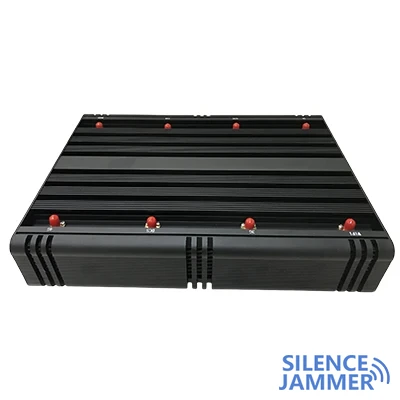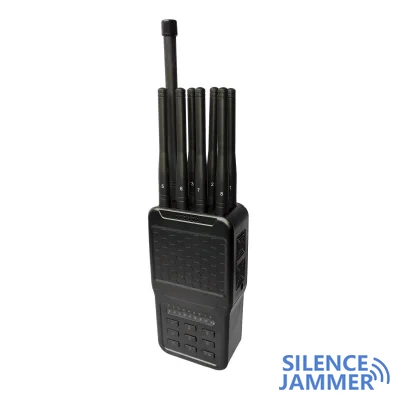A cell phone jammer (also known as a signal jammer) is a device that blocks communication between a cell phone and a base station by emitting strong electromagnetic waves. Although they have legitimate uses in certain situations, in many countries the unauthorized use of these devices is illegal because they can interfere with normal communications services. So, can the use of cell phone jammers be traced? This article will explore this issue and conduct a detailed analysis from the aspects of technical means, application scenarios, and legal and ethical considerations.

- How cell phone jammers work
- Interference range
- Common applications
- Examination venues: preventing cheating.
- Meeting Rooms: Protecting Sensitive Information.
- Prison: Prevent prisoners from illegal communications.
- Technical means to track cell phone jammers
- Signal detector
- Wireless network monitoring
- Mobile Signal Tracking
Cell phone jammers emit strong electromagnetic waves that are in the same frequency band as mobile phone communication, covering and suppressing signals in these frequency bands, making it impossible for mobile phones to communicate effectively with base stations. These devices typically cover multiple frequency bands, including 2G, 3G, 4G and 5G, and even Wi-Fi and GPS signals.
The effective range of a jammer depends on its power level and environmental factors. Small jammers may only cover a few meters, while large jammers can cover a larger area.
Cell phone jammers have legitimate uses in some special situations, such as:

A signal detector is a device that can detect the intensity of electromagnetic waves. By detecting unusually strong signals in specific frequency bands, signal detectors can help locate the source of the jammer.
working principle:
Spectrum analysis: Analyzes the electromagnetic spectrum in the surrounding environment, looking for unusually strong signals.
Directional antenna: Use directional antennas to gradually reduce the scope of the interference source and finally lock the position of the jammer.
Modern communications base stations and wireless network equipment have advanced monitoring and diagnostic capabilities capable of detecting abnormal signal activity in the network. For example:
Base station logs: Base stations can record unusual signal activity, such as sudden changes in signal strength or a large number of devices going offline at the same time.
Signal quality monitoring: Continuously monitor the signal quality. When the signal is found to be abnormally interfered, the base station can issue an alarm.
Some mobile operators and security agencies use mobile signal tracking technology to locate jammers. These technologies include:
Triangulation: Use the strength and time difference of interference signals received by multiple base stations to calculate the location of the interference source.
Mobile monitoring equipment: Send mobile monitoring equipment to the interfered area and locate the source of interference through detection tools on the mobile device.
Cell phone jammers can be tracked through a variety of technical means, including signal detectors, wireless network monitoring, and mobile signal tracking. These technologies have important applications in public security, business environments, and personal privacy protection. Understanding the working principle and tracking technology of jammers can help us better respond to and manage potential threats in wireless communications and maintain the normal operation and security of communication networks.After understanding the working principle and tracking technology of mobile phone signal jammers, we can more effectively respond to and manage potential threats in wireless communications and ensure the normal operation and security of communication networks.


